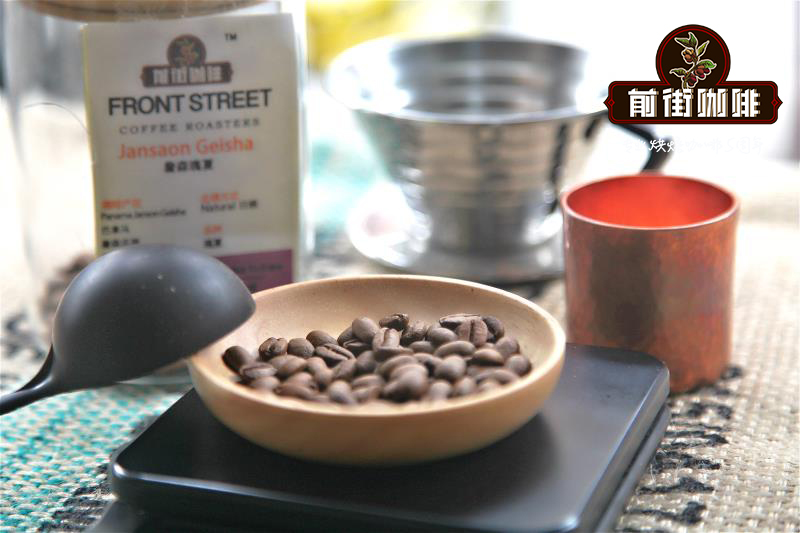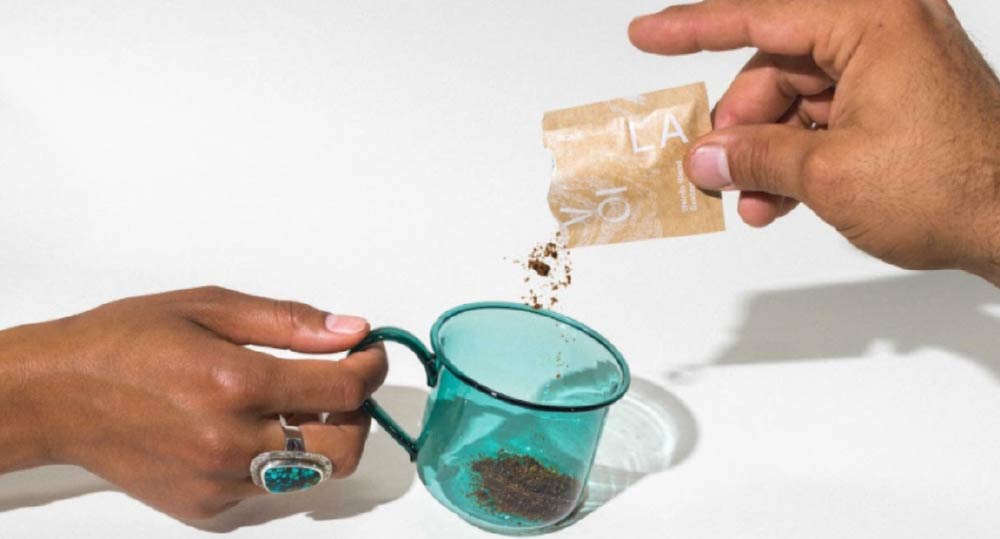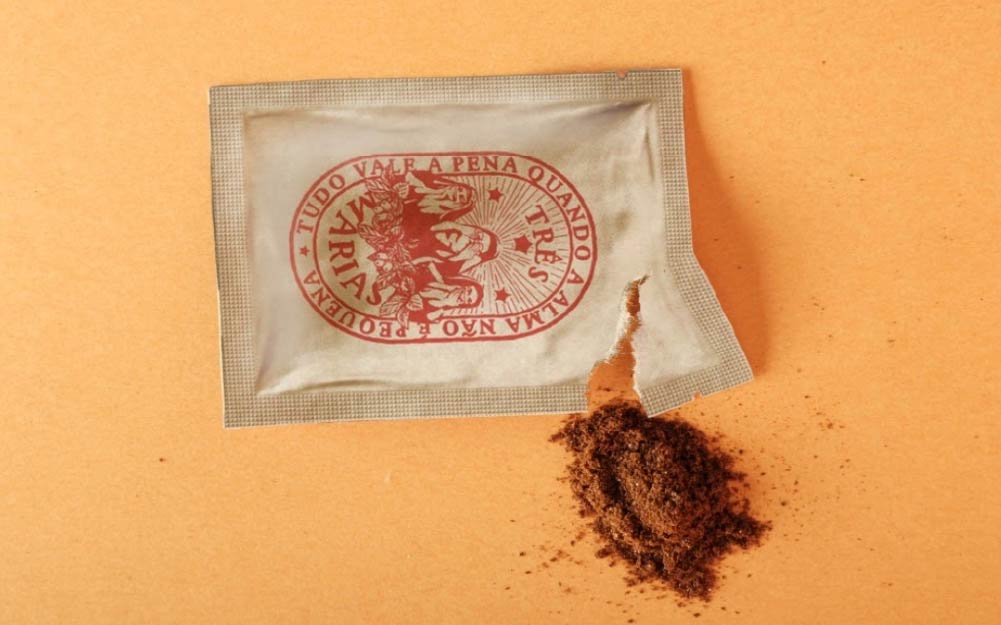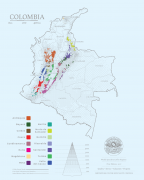History of instant coffee can high-quality instant coffee make the flavor of boutique coffee?

Today, instant coffee accounts for about 25% of global retail coffee consumption. But how did it get there?
Although instant coffee was first invented in the 18th century, it became popular as part of soldiers' rations during World War I. After the first World War, the disruption of the global economy meant that there was a coffee surplus across Brazil. Around 1930, Nestl é and the Brazilian Coffee Institute jointly developed instant coffee, which became popular during World War II.
From then on, its popularity began to grow. In the 1960s, freeze drying was introduced to improve the quality and flavor of instant coffee. Today, soluble coffee is still freeze-dried along with other major methods (spray drying).
Today, instant coffee (also known as soluble, powder or crystal) has been exported as a final product. It is also easier to transport than green or baked beans. It weighs less than whole beans, can withstand worse conditions, and is usually made from affordable robusta rather than Arabica coffee. All in all, this is a cheap and convenient coffee solution.
As of July 2020, soluble coffee shipments accounted for 9.1 per cent of global coffee shipments, an increase of 1 per cent over the same period last year, according to the ICO report. The market for soluble coffee is expected to grow at an annual rate of 4.2% by 2024. Europe is the world's largest consumer of soluble coffee, with a market share of 37%, followed by China (12%) and the United States (11%).
According to Euromonitor, contemporary demand for instant coffee usually comes from developing markets because of its low price and convenience.
In countries that have established specialty coffee markets, "the outlook is even more chaotic." Category foreground. However, "there are plenty of opportunities [in these countries] if the advantages of instant coffee can be effectively taken advantage of."

Instant coffee production today
Brazil is the world's largest producer and exporter of instant coffee. Brazil's export rate of soluble coffee increased by about 20% in the first quarter of 2020.
Other coffee-producing countries are experiencing similarly high growth rates. In 2020, Buencaf é, the producer of 100% Colombian freeze-dried coffee, reported its strongest financial position so far this year, with sales up 10% compared with the first half of 2019.
The rise of high-quality instant coffee
Several major consumer coffee brands have begun to offer instant coffee to enter this lucrative market. After announcing the partnership in 2018, Starbucks and Nestl é launched a "premium" line of soluble coffee in February 2020.
These products are now sold in many countries, including China, Japan, Australia, Malaysia, Brazil, the United Kingdom and Mexico. In a joint statement, both Starbucks and Nestl é acknowledged the rapid growth of the market for soluble coffee.
Kent Sheridan Sheridan is the founder of VOILA Instant Coffee, an American company that makes customized mixtures for third-party brands. He thinks soluble coffee is perfect for specialty coffee roasters during the Covid-19 pandemic. Many bakeries have turned more to e-commerce to increase sales. 'The growth of the special real-time market is very significant,'he said.
One of Kent's clients is Tr ê sMarias Coffee Company of the United Arab Emirates. Founder Maria Eduarda Becker Pavani told me that they launched a line of soluble coffee during the pandemic. Maria says she has noticed that even though some customers are looking for specialty coffee, many still lack the knowledge and equipment to prepare it. She says their instant coffee series can provide consumers with high-quality coffee to taste without extensive brewing knowledge.
The increase in demand for instant coffee may also benefit producers. When the pandemic forced many coffee shops to temporarily close and cancel orders for roasters, many roasters have been stuck in raw coffee stocks since the first quarter of 2020. Large stocks mean they cannot buy new imported coffee from producing countries. As a result, many producers are forced to sell special products at commodity prices.
We contacted Perfect Perfect Grind readers on Instagram and asked them what they thought of soluble coffee. The reaction is completely mixed. Some people say they are totally against it, while others say instant coffee has the potential to be used as a specialty coffee product.

However, many readers point out that instant coffee has a place in their lives, allowing them to enjoy coffee during travel or for a short period of time. "although it is certainly not suitable for fresh brewing, it is sufficient to meet the demand for [instant cups]," Sanjeevani Mahajan said. However, others believe that it cannot be regarded as instant coffee at all.
This belief needs to be changed, because special soluble coffee will never compete with or replace "coffee shop experience and freshly brewed cups". The purpose of professional instant food is only to "enable coffee lovers to choose an espresso when there is no fresh brewing coffee."
The market for specialty instant coffee already exists and may grow, but it has a poor reputation. Many professional coffee drinkers still think that instant solution is objectively bad. Not only that, the increase in the cost of professional instant food has also brought obstacles to the roaster and higher retail prices for consumers.
In order to increase the production of special instant coffee, the market will need to educate its customers first. The market needs to make coffee more accessible. The market must be there and growing, but the speed of market acceptance remains to be seen.
Important Notice :
前街咖啡 FrontStreet Coffee has moved to new addredd:
FrontStreet Coffee Address: 315,Donghua East Road,GuangZhou
Tel:020 38364473
- Prev

Colombia Coffee Brewing Paradise Manor Strawberry Coffee How to Break Out Strawberry Aroma?
Recently, a strawberry coffee bean from Paradise Manor broke into the sight of coffee lovers. Why is this coffee called strawberry? Is it really as it is called? Front Street started this coffee bean for cup test, brewed this coffee bean with 3 different brewing methods, see how the flavor performance of this paradise strawberry? The province of Cauca is a certified origin region for Colombia coffee.
- Next

Large inventory of coffee varieties grown in Brazil what other varieties are there in Brazil besides bourbon coffee?
In Brazil, coffee cultivation is the subject of a great deal of research and development by national universities and institutions. To improve the quality, yield and resilience of coffee crops, agronomists, biologists and other researchers studied the best coffee varieties grown in each growing region of the country, usually breeding hybrids or breeding natural mutations. Some farms manage their own nurseries, and many growers also learn from the classics.
Related
- Beginners will see the "Coffee pull flower" guide!
- What is the difference between ice blog purified milk and ordinary milk coffee?
- Why is the Philippines the largest producer of crops in Liberia?
- For coffee extraction, should the fine powder be retained?
- How does extracted espresso fill pressed powder? How much strength does it take to press the powder?
- How to make jasmine cold extract coffee? Is the jasmine + latte good?
- Will this little toy really make the coffee taste better? How does Lily Drip affect coffee extraction?
- Will the action of slapping the filter cup also affect coffee extraction?
- What's the difference between powder-to-water ratio and powder-to-liquid ratio?
- What is the Ethiopian local species? What does it have to do with Heirloom native species?

